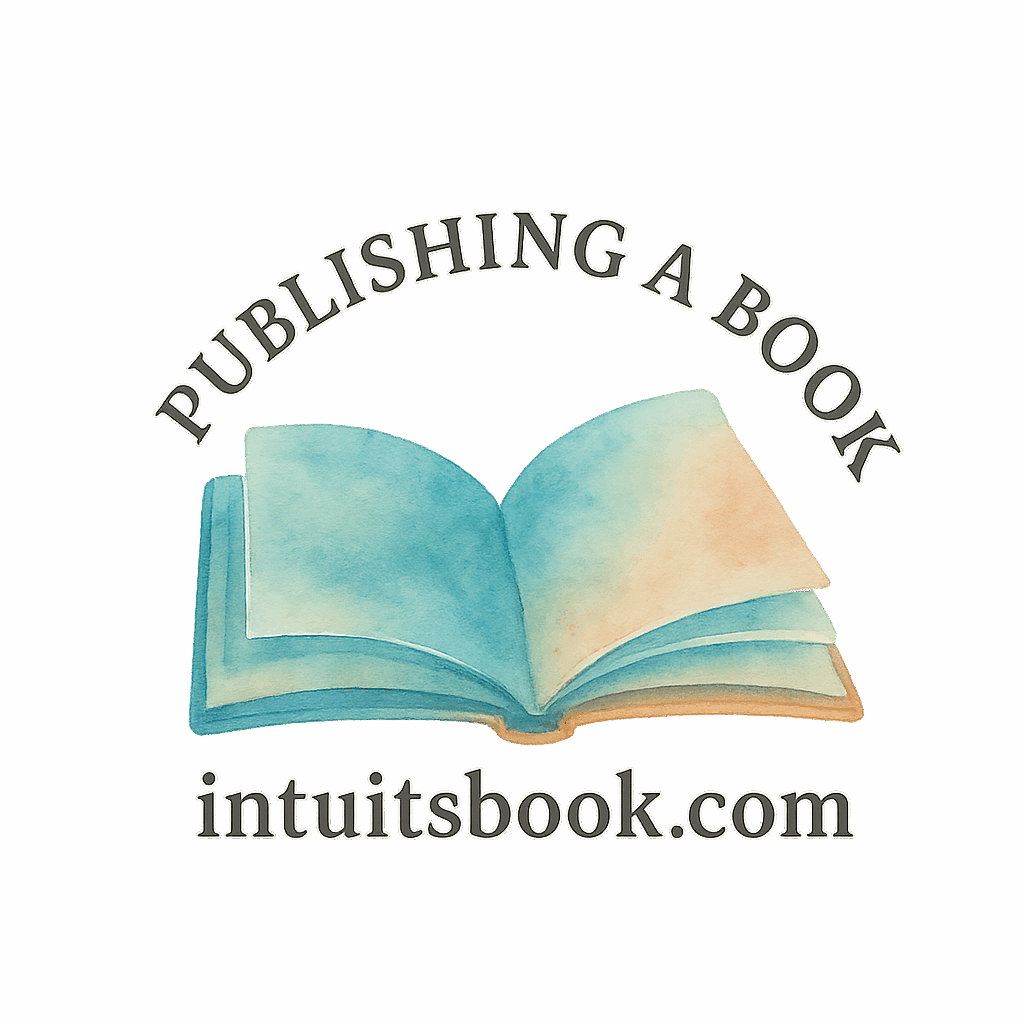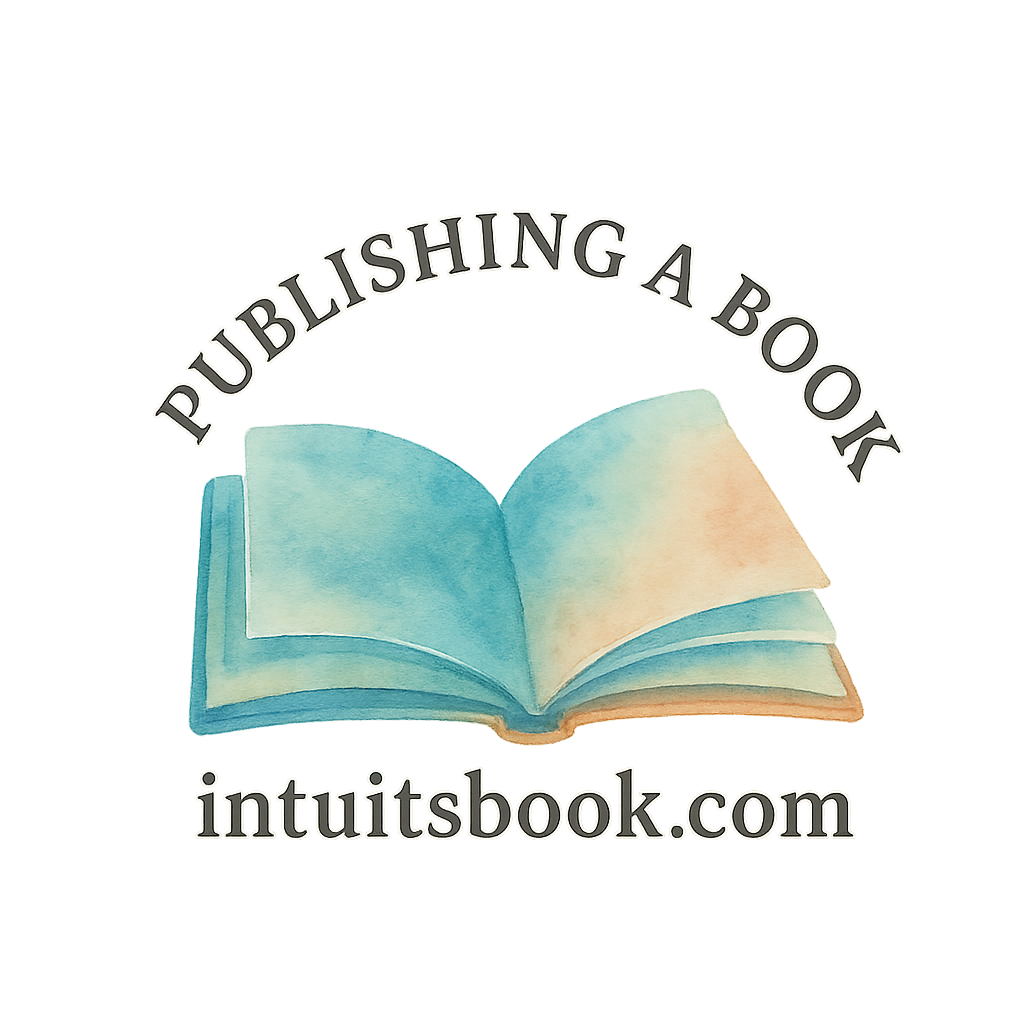Are you ready to put your words out into the world? In 2025, there’s never been a better time to become your own publisher. With dozens of tools, resources, and platforms available, self-publishing has shifted from a niche alternative to a respected, profitable path for authors.
Let’s break down the top 8 platforms to self-publish your book in 2025, how they work, and which one could be your perfect match!
Why Self-Publishing Is Thriving in 2025
Back in the day, authors had to cross their fingers, wait months for a reply, and pray a traditional publisher said “yes.” Not anymore. Thanks to self-publishing, writers are seizing control of their careers, profits, and creative direction.
Benefits of Choosing Self-Publishing Over Traditional Publishing
Creative Control and Flexibility
From the title to the cover art, you’re in the driver’s seat. Want to launch a three-part fantasy saga? You got it. Prefer an illustrated children’s book? Go wild. You make the choices, not a gatekeeper.
Explore more about traditional publishing vs self-publishing.
Faster Publishing Timelines
Why wait a year when you can publish in weeks—or even days? Self-publishing streamlines everything.
What to Look for in a Self-Publishing Platform
Before you hit “publish,” consider these key factors:
Distribution Reach
Where will your book be available? The broader the reach, the better your chances of sales and visibility.
Royalty Rates
Every platform takes a cut. Know how much of your hard-earned revenue you’ll keep.
Marketing Support
Do they offer built-in tools for promotion? Email campaigns? Access to bookstores?
Need help with promotion? Visit our book marketing hub.
User-Friendliness
If the platform feels like decoding hieroglyphics, it’s probably not the best fit—especially if you’re a new author.
1. Amazon Kindle Direct Publishing (KDP)
Best For: Wide Audience Reach
Let’s be honest—Amazon is still the king of self-publishing in 2025. If you’re not on KDP, you’re missing a massive market.
Key Features
- Reach millions of Kindle users
- Supports paperback and Kindle eBooks
- Amazon ads integration
- Real-time sales dashboard
Pros and Cons
Pros:
✔ Global exposure
✔ No upfront fees
✔ High royalties (up to 70%)
Cons:
✘ Competitive space
✘ Amazon exclusivity if you enroll in KDP Select
New to publishing? Learn the full writing process.
2. Draft2Digital
Best For: Simplicity and Automation
Draft2Digital makes ebook distribution painless.
Key Features
- Distributes to Apple Books, Barnes & Noble, Kobo, and more
- Free conversion tools (Word to ePub)
- Author pages and metadata management
Pros and Cons
Pros:
✔ Free to use
✔ Hands-off distribution
✔ Excellent reporting
Cons:
✘ No print services (but integrates with print partners)
Many independent authors use Draft2Digital for wide distribution.
3. IngramSpark
Best For: Print Distribution in Bookstores
Want to see your book on a shelf at your local bookstore? IngramSpark is your go-to.
Key Features
- Print-on-demand services
- Distribution to 40,000+ retailers
- Accepts hardcover, paperback, eBook
Pros and Cons
Pros:
✔ Global retail access
✔ High-quality printing options
✔ ISBN support
Cons:
✘ Setup fees
✘ Steeper learning curve

Dive deeper into publishing hacks that maximize exposure.
4. Smashwords
Best For: Ebooks and Aggregated Distribution
Recently merged with Draft2Digital, Smashwords is still a force for ebook lovers.
Key Features
- Smashwords store listing
- Aggregated ebook distribution
- Coupons and pricing flexibility
Pros and Cons
Pros:
✔ Direct access to ebookstores
✔ Control over pricing
✔ Coupon creation tools
Cons:
✘ Dated interface
✘ Limited print support
Check out our insights on book promotion.
5. Lulu
Best For: Print-on-Demand Services
Have a planner, workbook, or photo book? Lulu lets you get creative with format.
Key Features
- Custom formats including calendars and guides
- Integration with Shopify
- Direct sales from author websites
Pros and Cons
Pros:
✔ Wide variety of print options
✔ Ecommerce integrations
✔ No upfront costs
Cons:
✘ Less focus on eBooks
✘ Learning curve with design tools
Visit self-publishing resources to prep your book properly.
6. Apple Books for Authors
Best For: Apple Ecosystem Reach
With millions of iOS users, Apple Books is a goldmine for the tech-savvy author.
Key Features
- Direct access to Apple’s digital bookstore
- Exclusive author portal
- Global distribution
Pros and Cons
Pros:
✔ High royalties
✔ Integration with Apple analytics
✔ No middleman
Cons:
✘ macOS required for direct uploads
✘ Limited print options
Need to polish your manuscript? Check our manuscript steps checklist.
7. Kobo Writing Life
Best For: International Distribution
Kobo is dominant in Canada, Europe, and parts of Asia—great if your audience is global.
Key Features
- Easy dashboard
- Wide format support
- Custom promotions
Pros and Cons
Pros:
✔ International reach
✔ Flexible pricing
✔ Kobo promotions
Cons:
✘ Smaller U.S. market
✘ Limited print services
Get tools to plan your next book draft.
8. Barnes & Noble Press
Best For: Physical and Digital Publishing in B&N
If you dream of your book gracing Barnes & Noble shelves, this one’s for you.
Key Features
- eBook and paperback support
- Print-on-demand
- In-store availability for top performers
Pros and Cons
Pros:
✔ Trusted brand
✔ Easy to use
✔ Competitive royalties
Cons:
✘ Lower international reach
✘ Limited formatting tools
Find tools and courses under author education.
Final Thoughts: Which Platform Is Right for You?
Each self-publishing platform offers something unique. Your choice depends on your priorities:
- Want global reach? Go with KDP or Draft2Digital.
- Prefer bookstore placement? Try IngramSpark or B&N Press.
- Looking to create something unique? Lulu has your back.
Not sure how to turn your book idea into reality? We’ve got tips!
Conclusion
There’s no one-size-fits-all answer in self-publishing. The best platform for you is the one that aligns with your goals, audience, and resources. The beauty of 2025? You can mix and match platforms, test strategies, and adapt your journey as you grow.
Whether you’re a new author or a seasoned pro, self-publishing puts the power in your hands.
Explore, publish, and own your story.
Ready to dive in? Explore more at Intuit’s Book and discover how to sell books, build your author career, and grow with writing tips.
FAQs
1. Can I use more than one self-publishing platform?
Absolutely! Many authors publish on multiple platforms to maximize reach. Just avoid exclusivity programs like KDP Select if you plan to go wide.
2. Which platform is best for beginners?
Draft2Digital is incredibly beginner-friendly with easy tools and distribution. KDP is also great if you’re targeting Amazon.
3. How much does self-publishing cost?
It varies. Some platforms like KDP are free. Others like IngramSpark may charge setup fees. Budget for editing, cover design, and marketing too.
4. Can I make a living from self-publishing?
Yes! Many authors do. The key is consistency, quality, and smart marketing.
5. How long does it take to publish a book?
With most platforms, you can publish in a few days once your manuscript is ready.
6. What’s the difference between self-publishing and hybrid publishing?
Self-publishing means you’re in charge. Hybrid publishing offers services but may charge fees or take a share of profits.
7. Where can I learn more about publishing?
Visit https://intuitsbook.com/tag/learn-to-publish for guides, resources, and publishing courses.


